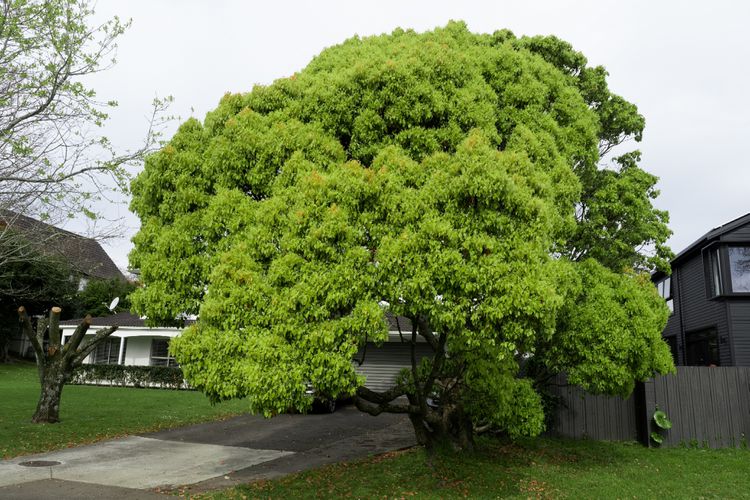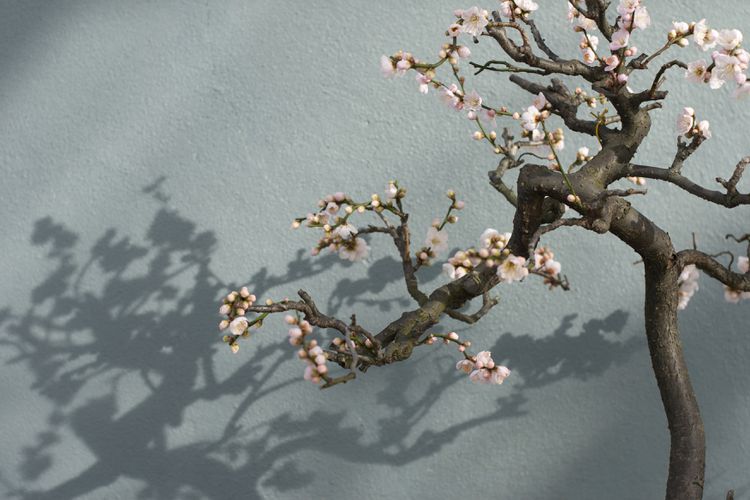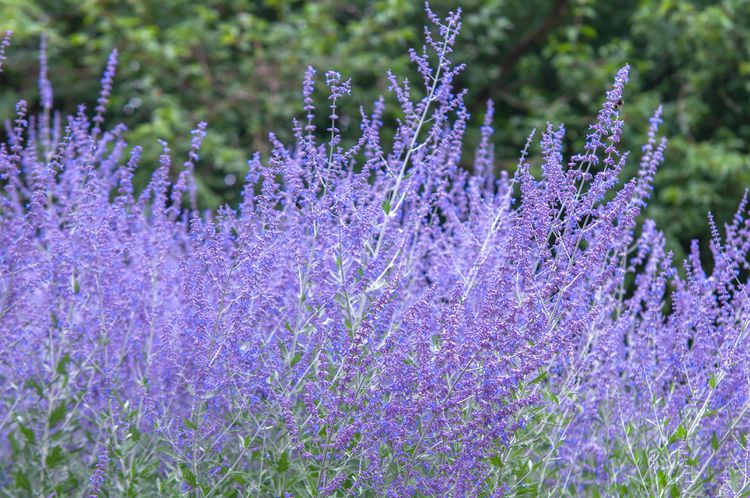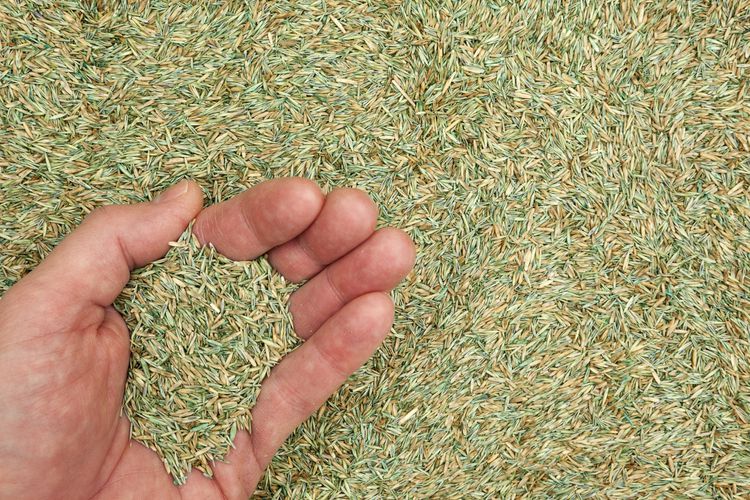
Candy onions are a crossbreed between regular onions and sweet onion types, offering a sweeter choice compared to traditional onions. They are an excellent selection for home gardeners seeking a balance between extremely sweet and the more pungent classic onions. These onions thrive in cool to moderately warm climates and can be successfully cultivated over the winter in certain regions. They are also resilient to light frost and drought conditions. It’s important to remember that all onion varieties are harmful to animals.
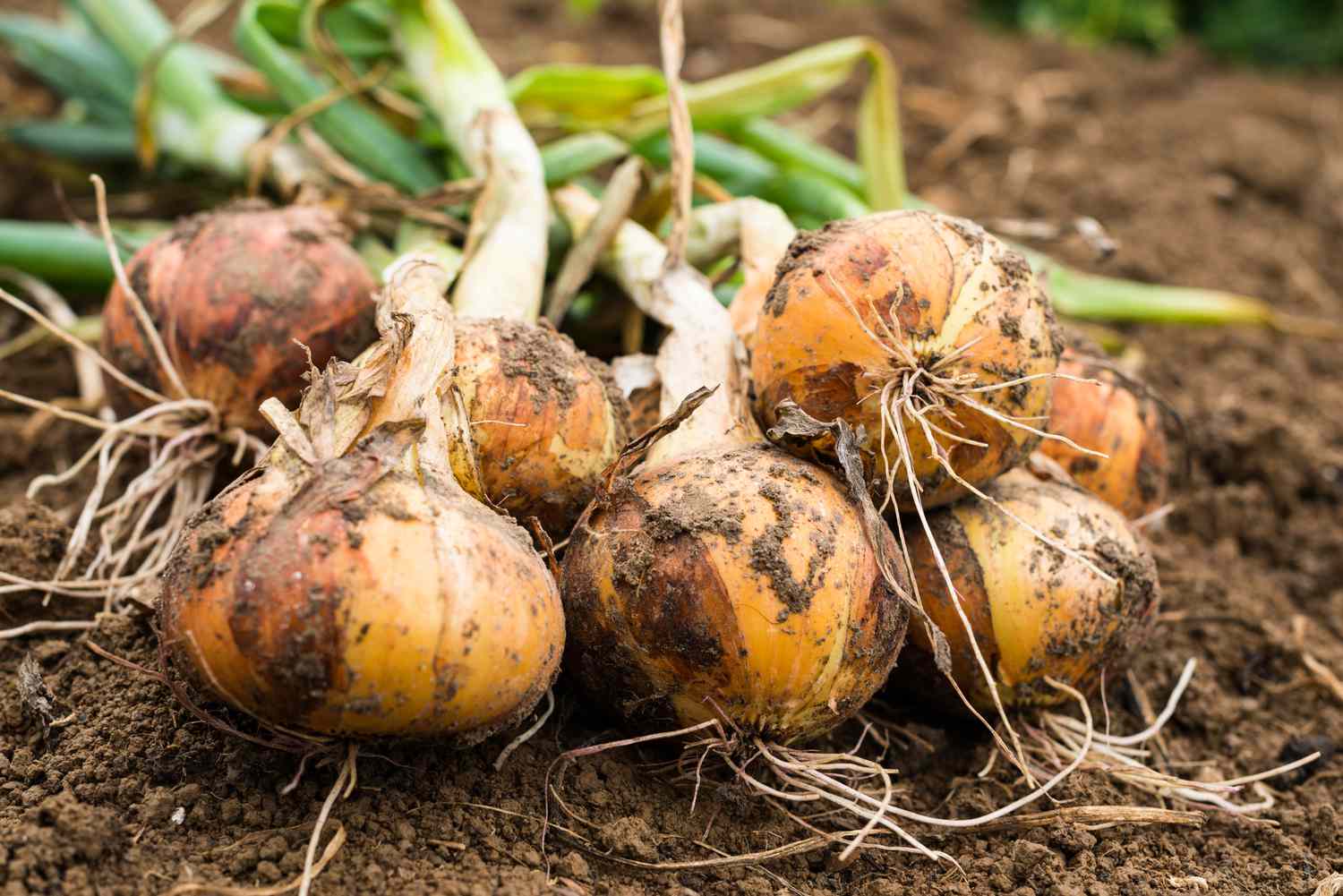
Guide to Planting Candy Onions
Optimal Planting Times
It is advisable to plant candy onions from March to May. While many gardeners opt to place bulbs directly into the ground or containers, transplanting seedlings from scraps or seeds may yield better results. Bulbs can be planted when the soil is prepared and maintains a temperature of at least 50 degrees Fahrenheit.
Choosing a Location for Planting
Select a location that receives ample sunlight and has soil that is rich in organic matter and well-drained.
Arrangement, Dimension, and Assistance
Plant seeds or bulbs in nutrient-rich soil that has been enhanced with compost, ensuring they are spaced approximately 4 inches apart. Maintain a distance of 16 inches or more between rows. When sowing seeds, expect seedlings to emerge within 10 to 14 days. Seeds should be planted to a depth of 1/2 inch, while bulbs should be placed 2 to 3 inches deep.
When utilizing both planting techniques, ensure that directly seeded onions are positioned separately from onion sets, as the sets are more susceptible to diseases.
Care Tips for Candy Onion Plants
Light
For onions to achieve their maximum growth, they require plenty of sunlight, ideally between 13 to 16 hours each day. It’s best to cultivate them in beds or containers that are exposed to extended sunlight over several months.
Soil
Onions require a greater level of soil fertility compared to numerous other vegetables. To enhance a standard soil base for onion cultivation, you can enrich it with compost. These vegetables thrive in soil that is well-drained and has a slightly acidic pH.
Water
Onions do not require daily irrigation; however, they should be thoroughly watered during planting and then receive around 1 inch of water each week. If there hasn’t been any rainfall, make sure to water your onions roughly once a week.
Heat and Moisture Levels
Candy onions are capable of enduring short periods of frost and dry conditions, yet they typically flourish best in temperatures ranging from 55 to 80 degrees Fahrenheit. To attain these cooler temperatures, it’s advisable to plant them in early spring, as they require approximately 90 to 100 days to mature. This timing ensures that you can harvest them before the heat causes the plants to bolt and produce flowering stems.
Fertilizer
Onions thrive in nitrogen-rich environments, so incorporating nitrogen as a fertilizer can be beneficial. It’s advisable to apply a nitrogen fertilizer two to three weeks after planting, and then continue to do so approximately every three weeks as the onions develop.
Candy Onion versus Sweet Onion
Onions exhibit a range of sweetness levels. Candy onions are less sweet compared to sweet onions, commonly referred to as Vidalia, a specific variety of sweet onion. While certain sweet onions may contain a higher sugar content than candy onions or regular onions, all sweet onions have a lower sulfur content, resulting in a milder flavor.
Gathering Candy Onions
Candy onions can be harvested approximately 90 to 100 days post-planting. If you’re not keeping track of the days, you can assess the readiness of the onions by observing the plants. When the plants have tilted at least halfway and the outer skins have dried, it indicates that the onions are ready for harvest.
Aim to gather the onions during dry weather, and avoid harvesting them while they are still predominantly green, as they are unlikely to store properly if harvested prematurely or in damp conditions.
You can either harvest them manually or utilize a small shovel or potato fork to carefully extract your onions from the ground. Candy onions can reach a diameter of up to 6 inches, and exercising patience until they are fully matured will ensure you obtain the biggest and most delicious onions from your garden.
Preserving Candy Onions
When you anticipate dry weather, you can dry your onions in your garden after picking them, which enhances their storage quality. For outdoor curing, aim for temperatures ranging from 65 to 85 degrees Fahrenheit. While sunlight aids in the curing process, excessive direct sunlight can damage the skins, so it’s best to limit their exposure to harsh sunlight during this process.
To preserve your candy onions for an extended period, place them in a pantry, shed, or basement where the temperature is cool, ideally as cool as possible. They can be stored for a duration of up to three months.
Growing Candy Onions in Containers: A Guide
Although numerous gardeners prefer using spacious garden beds or boxes to cultivate onions—given that each seed or bulb produces just one sizable onion—those with limited space who wish to grow a few candy onions can choose smaller containers. Follow these steps:
- Choose a sizable, deep vessel, such as a large pot or a bucket.
- Amend the soil by incorporating compost and fertilizer.
- When the soil reaches the appropriate temperature for onions, proceed to plant the sets as you typically do, placing them several inches deep and a few inches apart.
- Place containers in areas that receive ample direct sunlight, and modify their positions as necessary.
Cultivating Candy Onions
Candy onions can be grown from seeds, bulbs, or even from leftover scraps, particularly the unused tops. Many gardeners tend to prefer planting bulbs or scraps over seeds for cultivating candy onions. Here are some simple steps to follow:
Methods for growing candy onions from leftover scraps:
- Trim a small piece while keeping the roots intact.
- Position this with the root side facing downward in the suggested soil type.
- Within a few weeks, shoots will begin to develop. These shoots can either be collected and utilized as green onions, or they can be relocated to a garden bed for standard planting. While this approach may not be consistently successful, it is certainly worth attempting.
- Sow onion sets in rows spaced a foot apart, placing them 4 to 5 inches apart, as soon as the soil is ready for planting.
- Position the sets 1 inch beneath the surface, ensuring the flat side is facing downward while the stem is oriented upward, above the soil.
- Irrigate with 1 to 2 inches of water weekly, utilizing either a drip irrigation system or a spray nozzle attached to a garden hose.
- Maintain the area clear of weeds until the time of harvest.
Growing Candy Onions from Seeds: A Step-by-Step Guide
Sowing candy onion seeds is a straightforward process, and these seeds can be easily purchased from stores, although you can also obtain them from the onion’s roots. For optimal growth, it’s preferable to transplant them rather than sow them directly. Follow these steps:
- Sow seeds indoors in containers filled with a seed-starting blend approximately six to twelve weeks prior to your intended outdoor planting date.
- Ensure the pots remain damp, but avoid overwatering them.
- Position the tray underneath for a duration of 10 to 12 hours each day.
- Move the plants outside into the garden once the temperatures consistently exceed 50 degrees Fahrenheit.
Overwintering
After your onions are well-established and the temperatures start to drop, apply a generous layer of mulch around your plants to retain warmth. While their growth will slow significantly during the winter, they should endure if you reside in an area with mild winter conditions. As spring arrives, they will resume growth and can reach their full size by May.
Frequent Insect Infestations and Plant Ailments
Protect your onion garden from typical pests such as slugs, aphids, cutworms, mites, and onion maggots.
Candy onions exhibit greater resistance to the diseases that typically affect standard onions. Nonetheless, it’s important to monitor for issues such as botrytis, downy mildew, and purple blotch. These ailments can cause lesions and ultimately lead to the plant’s demise.
To prevent illnesses in your garden, adhere to established gardening techniques. Apply nitrogen fertilizers in the recommended quantities and with caution. Implement crop rotation every three to four years for alliums, keep your beds free of weeds, and select seeds that are free from disease.
What exactly is a candy onion?A candy onion is a crossbreed that merges the qualities of a regular onion with those of a sweet onion.When is the right time to gather candy onions?
Candy onions can be harvested approximately 100 days after planting, or once the skins have dried and the onions have toppled over.
What sets candy onions apart from other types?
Candy onions are favored by gardeners due to their ability to reach impressive sizes, their good resistance to diseases, and their rapid root development. They offer a sweetness that surpasses that of regular onions, yet is milder than that of sweet onions, and have a crunchy, juicy texture.

